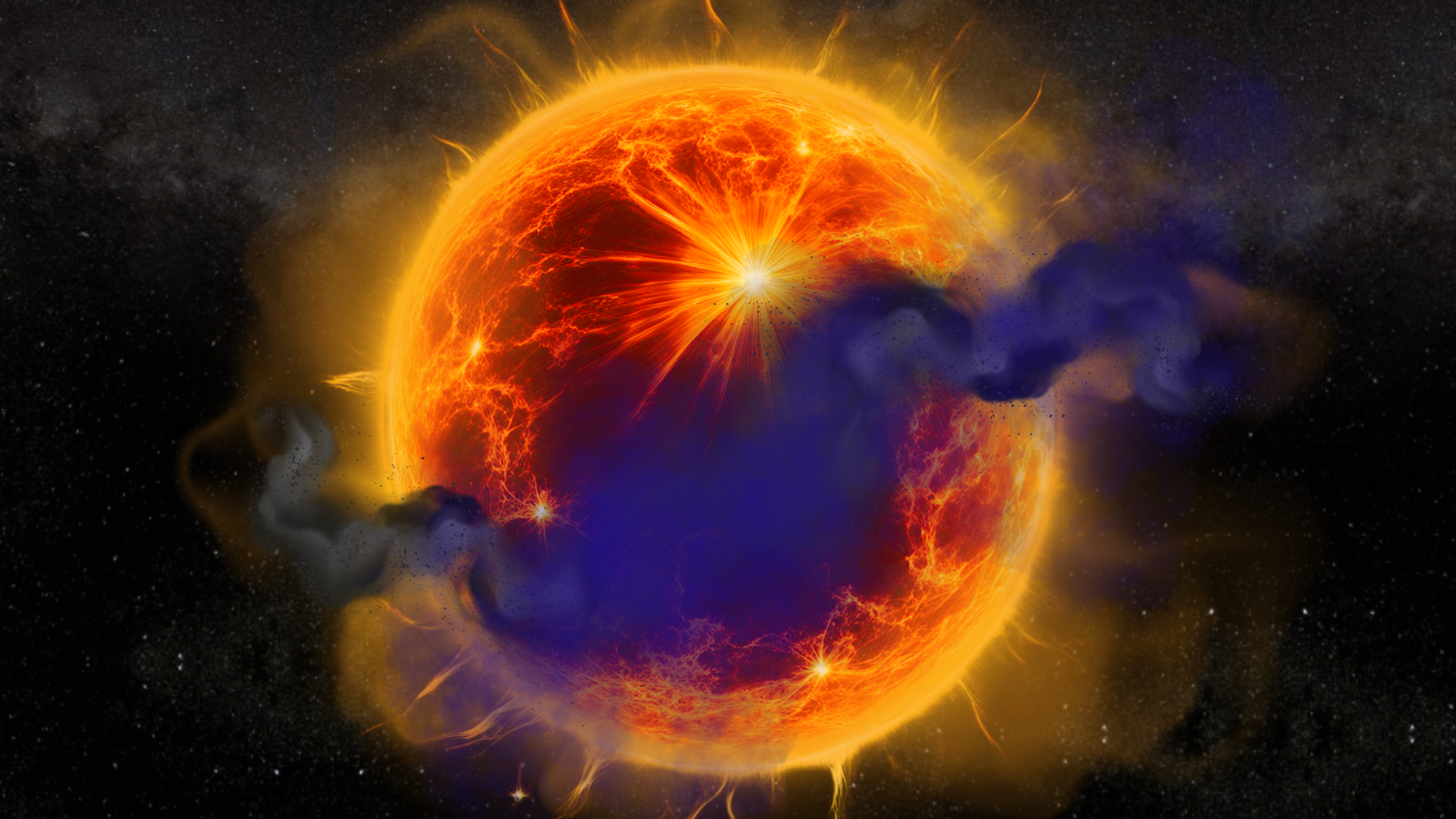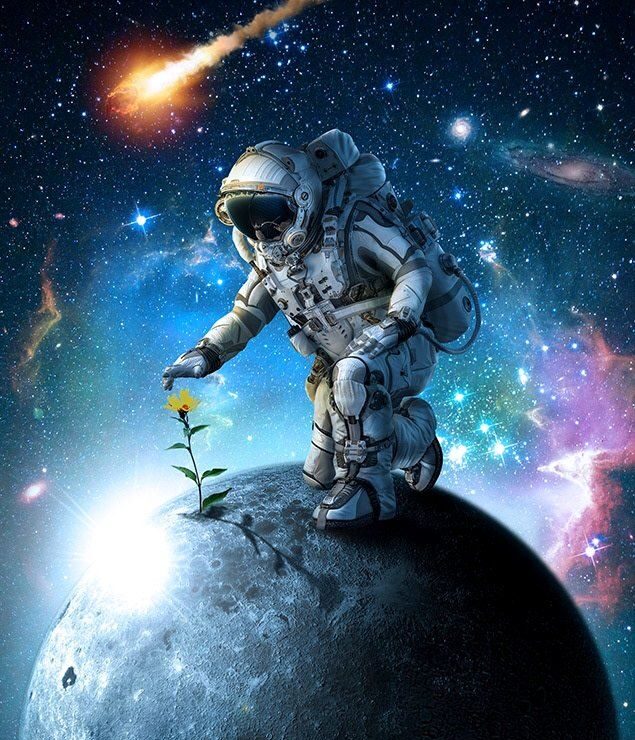Not a Black Hole. Not a Neutron Star. Something New.

Astronomers have spotted something 3,000 light-years away that doesn’t fit into any category we’ve ever seen before.
We already know the two extremes:
- Neutron Stars → the ultra-dense cores left behind when stars explode.
- Black Holes → gravity monsters so powerful that nothing, not even light, can escape.
But this new object is neither.
Boson Star Concept Art — A striking interpretation of a boson star warping light, capturing the mysterious nature of these hypothetical objects (as detailed by Space.com) .

🌀 Nicknamed a “quasi–black hole”, it sits between the boundaries of physics:
- Heavier than a neutron star should be.
- Too light to be a black hole.
- No event horizon (the “point of no return” of a black hole).
- Invisible—emitting no light, no radiation—yet warping space around it like gravity itself is broken.
In simple words: it’s like the universe glitched.
What could it be?
- A boson star, made of mysterious particles we’ve only theorized.
- A naked singularity, where space and time collapse without the “safety net” of an event horizon.
- Or a whole new class of objects waiting to be discovered.
Boson Star Merger Illustration — A dynamic artist’s depiction showing two boson stars merging, helping visualize how such exotic objects might behave in space .

If confirmed, this strange object could rewrite our understanding of space, time, and reality. It means the universe might be hiding exotic things we’ve only dreamed of in equations and sci-fi stories.
Just imagine: What if these “quasi–black holes” are everywhere, hiding in the shadows, shaping galaxies, and maybe even linked to dark matter?
Simulated Accretion Images — Side-by-side comparisons of black holes and fast-spinning boson stars under accretion, offering a glimpse at how they might appear with advanced telescopes .

The cosmos just became a lot more mysterious.


Hidden sites of physics
piypiwnwyzlmxjqkofqwqnngqodyrs
Downloaded the 15winapp app and I gotta say, it’s pretty neat. Easy to use, and I like the layout. Definitely a good option if you’re looking for a mobile experience. Give 15winapp a thumbs up from me!
Hey folks! Heard about 88lotterylogin? Thinking about giving it a shot. Anyone had any luck with them? I’m always on the hunt for a good lottery site. Fingers crossed! Check them out here: 88lotterylogin
Gave 333win3 a shot earlier. Pretty decent overall experience. Nothing flashy, but solid. 333win3
688betcc. Has a few good special offers for sports, not bad after all. I use it every other week. I reckon you should get onto it soon!: 688betcc
99okvin, okay! I’m digging the overall vibe here. The bonuses are a nice touch and the site is easy to navigate. If you want to give it a try, access here: 99okvin